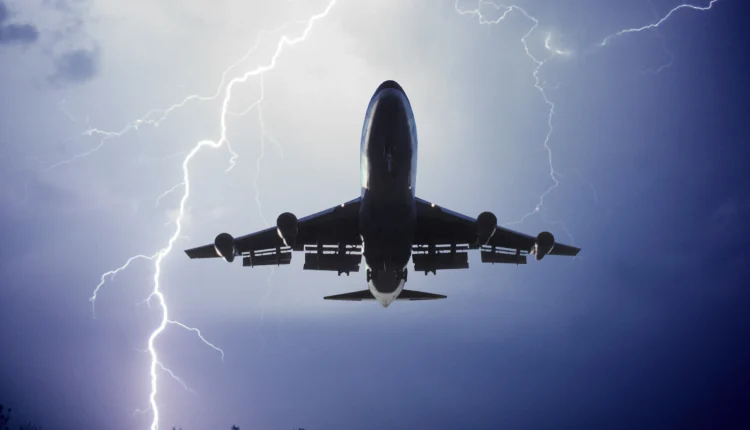Why Airplanes Are Safe from Lightning Strikes: Explained

Many people are surprised to learn that airplanes are struck by lightning quite often on average, once every 1,000 flight hours. However, what’s even more fascinating is that these lightning strikes rarely, if ever, cause serious damage or endanger the safety of the flight. So why are airplanes not affected by lightning strikes in the way we might expect?....CONTINUE READING THE FULL STORY HERE
The answer lies in the design, engineering, and materials used in modern aircraft. Most commercial airplanes are made with materials like aluminum and composite metals that conduct electricity very well.
When lightning strikes an airplane, the electrical charge travels along the outer surface of the plane’s fuselage and exits through another point usually at the wingtips or tail without penetrating the interior or affecting critical systems.
Moreover, airplanes are built with lightning protection systems that include static dischargers, shielded wiring, and surge protectors for electronic systems.
Sensitive electronics and fuel tanks are heavily insulated and shielded to prevent fires, malfunctions, or explosions.
Pilots and air traffic controllers also monitor weather conditions to avoid severe storms when possible, but even when a strike happens mid-flight, passengers often don’t notice it.
This advanced level of protection and engineering is why airplanes remain one of the safest ways to travel even through a thunderstorm.
